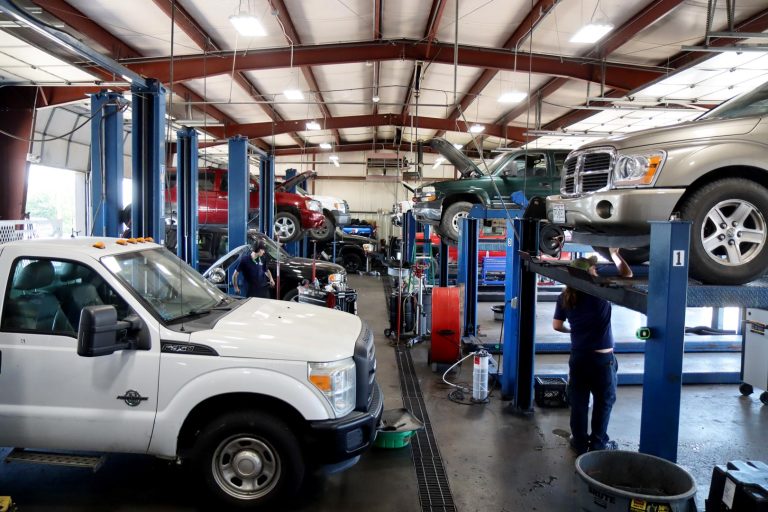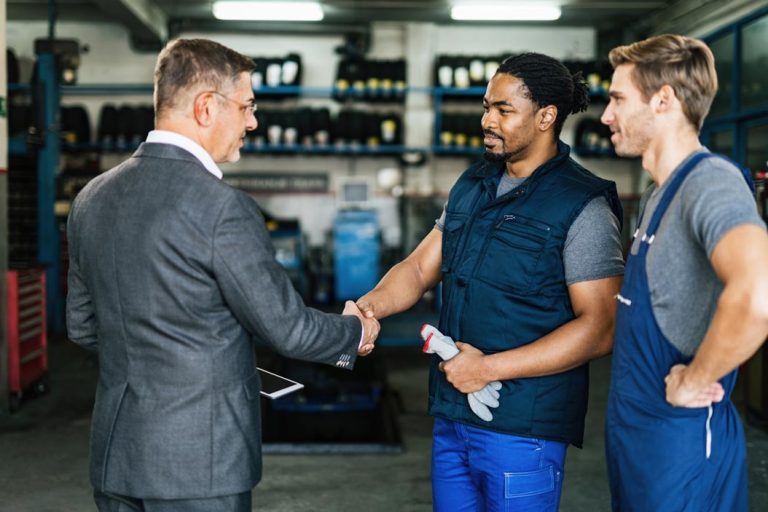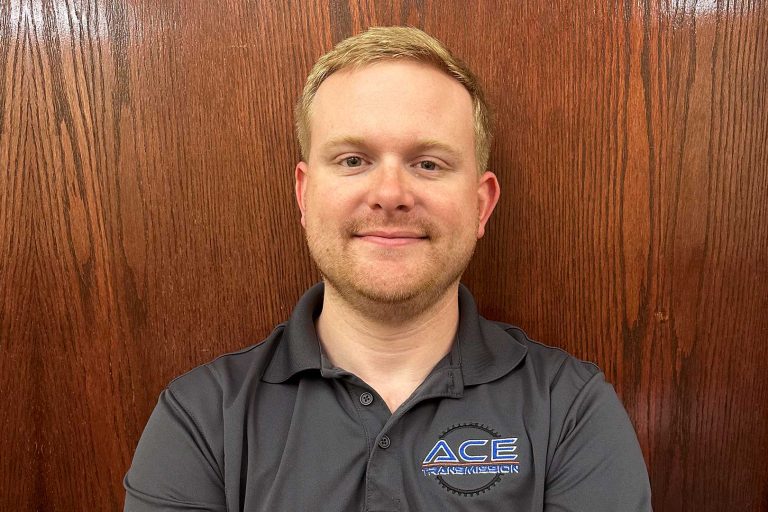Industry Insight: Changes in Transmission Repair (EVs, Profits & More)
We’ve witnessed a lot of change in the auto repair industry. ACE Transmission started as a one-man repair shop more than 40 years ago. Today, the shop has grown to over 20 bays and spawned a separate remanufacturing facility serving wholesale customers nationwide. Co-owner Daniel Gott sat down with Vehicle Care RockStars to discuss important changes on the horizon and how shop owners can plan for success.
Table of Contents
The growing cost of operating an auto repair shop
“The transmission industry is changing very quickly,” Gott said. “It’s not what it was 20 years ago, and I think it’ll be way different in 20 more years.”

For example, Gott’s dad founded a small transmission repair shop in 1981 with $1,200 in seed money. That’s the equivalent of about $4,200 when adjusted for inflation – far less than what’s needed to launch an auto repair shop today.
Due to significant changes in transmission design, repair shops are now dependent on expensive and ever-changing pieces of technology. Many adjustments that were made manually with hand tools in the 1980s are now made using complex computerized machines.
These additional expenses put greater pressure on shops to be profitable.
Know your numbers & your competitors
Gott said that auto repair shops need to examine their financials more closely and brainstorm with other shop owners to be successful.

“It’s okay to talk about how much we’re selling things for and how much gross profit we’re making,” he said.
But, he sees resistance to collaboration with competitors, which leads to limited industry knowledge and business growth.
“There are a gazillion transmissions to be built and sold. There is plenty to go around for everybody,” he explained. “If we can share more information, it will make everybody more profitable.”
The ACE team works hard to mentor and collaborate with shop owners, wholesale buyers, and other industry experts.
“We share as much information as possible,” Gott said. “The more information you can exchange, the better off we are.”
The increasing lifespan of cars and transmissions
Another thing that has changed over time is the quality of vehicles and their parts.

“Modern technology is allowing transmissions to last longer – just as the rest of the vehicle lasts longer than it used to,” Gott said.
But, he added, that should not cause shop operators any panic.
“There are more vehicles on the road than ever,” Gott reassured his colleagues. “We’re not seeing anything at our repair shop slowing down whatsoever.”
Aftermarket parts have also improved – sometimes outperforming OE (original equipment) parts, which gives buyers increased confidence in maintaining older vehicles.
Auto repair shops: To niche or not to niche?
Many businesses struggle with whether or not to “niche down” to a specific service or industry. At ACE, we’ve had those same debates at our auto repair shop.

For 40 years, ACE Transmission’s repair shop in Springfield, Missouri, was hyper-focused on automatic transmissions and connected systems. But in 2024, we expanded to cover more vehicle systems:
- Steering and suspension systems
- Oil changes
- Brakes
- Fluid-related services
- Engine tune-ups
- Minor engine repairs
- Complete engine replacements
“I don’t see anything wrong with diversifying income streams,” Gott said. “There’s money to be made, so why not make it? Like they say, ‘Make hay while the sun shines.’”
He predicts that more general auto repair shops will begin offering transmission repair – using remanufactured units from vendors like ACE Transmission Remanufacturing.
Rebuild or Reman?
In the 1970s and 1980s, most general auto repair shops rebuilt automatic transmissions in-house. We used to rebuild transmissions in our own transmission repair shop. However, transmissions have changed over time and become much more complex. Rebuilding transmissions has become a specialty skill. It is very time-consuming and requires specialized training.

Gott predicts that rebuilding and reinstalling transmissions by hand will continue to become less common. This is because it is becoming more technically demanding, time-consuming, and less profitable. Therefore, reman units that are shipped directly to repair shops ready to install will become the industry standard.
That’s why he encourages transmission shops and other auto repair shops to stop rebuilding units in-house.
“If you’re not building transmissions on a large scale,” he explained, “you can make so much more money (per hour, per bay) taking old units out and putting reman units in – whether you buy it from me or somebody else.”
That’s why ACE Transmission separated the repair and remanufacturing sides of its business. The repair shop stopped rebuilding and reinstalling transmissions and now only uses remanufactured units.
Are EVs killing the transmission repair industry?
Modern electric vehicles don’t have transmissions. Does that spell doom for transmission repair shops?

“I don’t think the United States is prepared for EVs. I don’t think we have an adequate power grid for it,” Gott said. “They’re also ridiculously expensive and have a limited range.”
In the fourth quarter of 2023, there were about 3.3 million electric cars on the road in the U.S. This number is up from 2 million electric vehicles in 2022 and 1.3 million in 2021. By 2030, there could be 30 million to 42 million EVs on U.S. roads. That’s a small percentage of the 288.5 million cars currently on the road.
“I’m not losing any sleep over it,” Gott said.
The team at ACE Transmission will continue to adapt as vehicle technology changes, he explained, even if that means making aftermarket parts for the EV industry.
“There’s always going to be something that needs to be rebuilt or remanufactured,” he said.
The key to surviving and striving during change, Gott said, is a willingness to learn and adapt.
“If you’re not growing you’re dying.”
Original article: https://vehiclecarerockstars.com/daniel-gott-piloting-change-transmission-industry/





